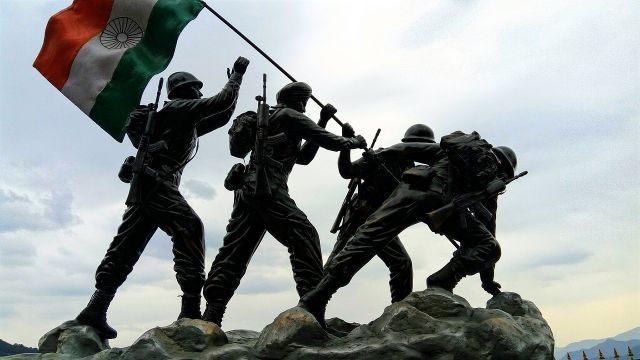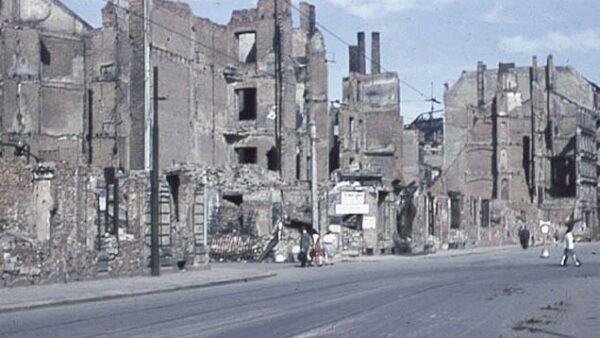For nearly two centuries, India endured the domination of the British through the East India Company and later direct imperial rule. Resentment grew among Indians who chafed under foreign control of their lands and economic exploitation. The first sparks of organized resistance emerged in the 1850s with pioneering figures like Mangal Pandey. However, it would take the coordinated efforts of generations to liberate Mother India.
Nonviolence Takes Hold
As the 19th century drew to a close, the Indian National Congress formed a nationwide platform to advocate for self-governance through legal and peaceful means. Under Gandhi’s guidance, civil disobedience campaigns like the historic Salt March of 1930 galvanized millions of ordinary citizens. Despite brutal retaliation from the British, the nonviolent movement continued gaining momentum.
A Nation Awakens
Events like the volatile Quit India Uprising showed that indigenous patience for foreign occupation had worn thin. As World War 2 raged, Indian soldiers fought for a country that was still not fully free. Political negotiations stalled as nationalist fervor reached a fever pitch. It became clear that maintaining the Raj would no longer be tenable in the face of this awakened national spirit.
A Painful Partition
As a 1947 independence date neared, disagreements between Congress and the Muslim League on political structures led the British to hastily divide the subcontinent along religious lines. The erratic nature of the Partition triggered ethnic violence on an almost unimaginable scale, with untold loss of life. Gandhi’s assassination further underscored the religious tensions that would continue to afflict the subcontinent.
Building a New Democracy
On that fateful midnight hour of August 15th, 1947, India and Pakistan took their initial steps into sovereign nationhood. India faced the gargantuan tasks of refugee resettlement, economic recovery, and consolidating power structures in its diverse regions. Yet under the steady leadership of Nehru and the constitutional framework put in place, the world’s largest democracy began to flourish against all odds.
Today, Independence Day celebrations commemorate the supreme sacrifices of the countless patriots who kept alive the dream of swaraj, culminating in final end of the British Raj. Their victory ensured that India would henceforth be governed by and for her own people…

Originally posted 2023-08-15 20:58:56.





There is 1 comment
Comments are closed.